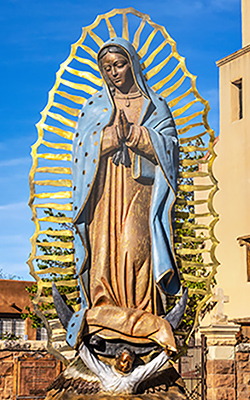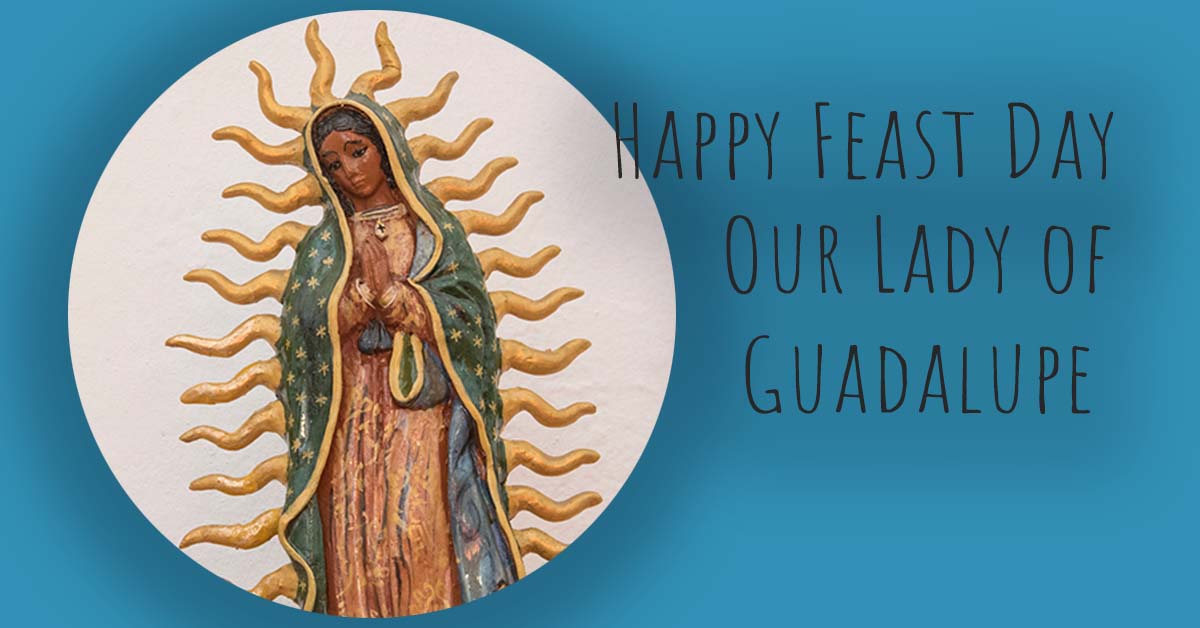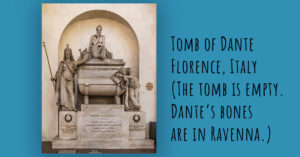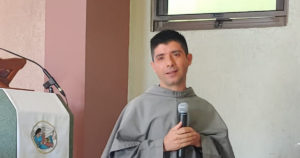Our Lady of Guadalupe by “assuming” the skin, language, clothing, and symbols of the mestizo people is in solidarity with them in all of their struggles. She is a daughter of the native Nahuatl people.
This is shown by Juan Diego’s greeting to the Blessed Mother. He greets her with the words, “My Owner, my matron, my Lady, the most abandoned of my Daughters, my Child.” Our Lady of Guadalupe is disregarded and abandoned just like the mestizo people since her story is not believed by the local bishop, who is a Franciscan. However, Our Lady in the end, with the help of God, is able to open the heart of the Spanish Franciscan bishop to see the truth and beauty of La Morena: the beautiful image of the mestizo people.

It is the mission of the Church, then, to seek out these truths and see the good work that God has done within creation, and in turn, present to every human person in the world the fullness of God’s truth: Jesus Christ. In the image, message, and devotion of Our Lady of Guadalupe, we can see how this evangelization is to take place.
This sacred image has not just converted all of Mexico to Catholicism but has given the Church a model of evangelization by illuminating the mysteries of God. It has also given a deeper understanding of the human experience, which is expressed in culture. She shows us how to rightly accept the good, or graces, from cultures and utilize them to sanctify the culture from within. She is the one who unites the graces and bridges the distance. Truly, Our Lady of Guadalupe is the Mediatrix of cultural graces.
– friar Arturo Felix OFM Conv.




